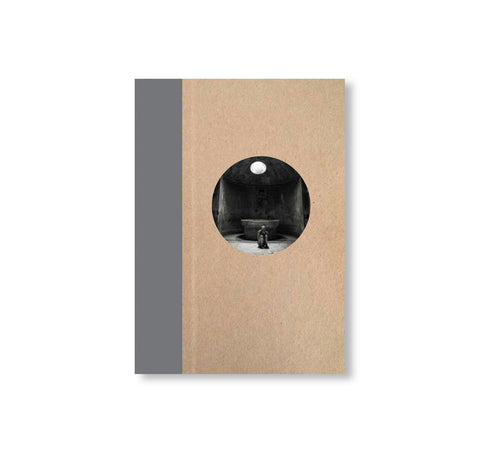FUZHOU by Kenro Izu
日本人写真家、井津建郎の作品集。
「私が馬氏に初めて出会ったのは2016年11月でした。その15年前に馬氏は新しく建設されたダムによって、ふるさとである中国・江西省の抚州(ふじょう)の一部がもうすぐ水底に沈むことを知りました。明朝や清朝の石づくりの邸宅や周囲に
繁る樹齢千年級の木々も永遠に失われてしまう。この事態をなんとか回避しようと馬氏は奮闘しました。」— 井津建郎
一部でもいいからふるさとを救おうとした馬氏は思い切った行動に出た。このためだけに何百キロも離れた場所にリゾートを建設し、沢山の建物を物理的に解体し、一万本を超える木々と一緒に移送して再現した。この歴史ある村に残された荘厳な邸宅や伝統的建造物を後世に残そうとした一人の男の情熱に感動した作者は、この写真プロジェクトを立ち上げた。水没を免れた村でも多くの若者は大都市へ職を求めて去り、村には老人だけが残る。彼らはそこで生まれ、先祖がしたのと同じ場所で生活し、死にたいと願う人達がまだ暮らしていた。祖先の霊を祀った祭壇が残っている家も多かった。祭壇の替わりに毛沢東主席の古いポスターを掲げている家もあった。家と共に古びていった、文化大革命時代を象徴するレーニンやマルクスの古色蒼然とした写真も飾られていた。抚州はダム建設の前にここで生きた人々の生活の名残を今に伝える象徴的な場所になった。こうしてできた『抚州・忘れられた大地』は、過去への懸け橋となる可能性を持ちながら、文明発展という大義の陰に消えていった地球上の様々な場所を想起させる。打ち捨てられた村、荒廃した家屋、最後まで残った住人たちは、人がそこに生きていた証である。
“I first met Mr. Ma in November 2016. Fifteen years prior, he had learned that a part of his beloved hometown of Fuzhou in Jiangxi Province would soon be immersed beneath the rising water of a newly built dam. Ming and Qing dynasty-era stone mansions and the thousand-year-old trees surrounding them would be submerged forever. His response to this was extraordinary.” — Kenro Izu
Dadon Ma’s heroic efforts to save parts of his hometown from flooding included physically disassembling, transporting and rebuilding many of the structures, along with some 10,000 trees, to a resort hundreds of miles away that he was constructing for this very purpose. Moved by the passion of Mr. Ma, Kenro Izu undertook to photograph the remaining majestic houses and other traditional structures of the ancient village to record to remind ourselves where we have come from, and propose to consider where we are going. Some of the homes were still inhabited by people who had grown up there, and who wanted to live and die where their ancestors had done so. Many of the homes still had altars to these ancestors; in others, the altars had been replaced by old posters of Chairman Mao. Still others were decorated with photographs of Lenin or Marx, the iconic images of the Cultural Revolution days, aging together with the buildings themselves. Fuzhou had become symbolic place, giving trace reminders of the life of people before the dam was built. The resulting book serves as a reminder that many places on Earth could serve as bridges to our past; but often instead are simply been obliterated in the interest of land development. Abandoned villages, ruined houses, and the last remaining residents – these are the monuments of humankind.

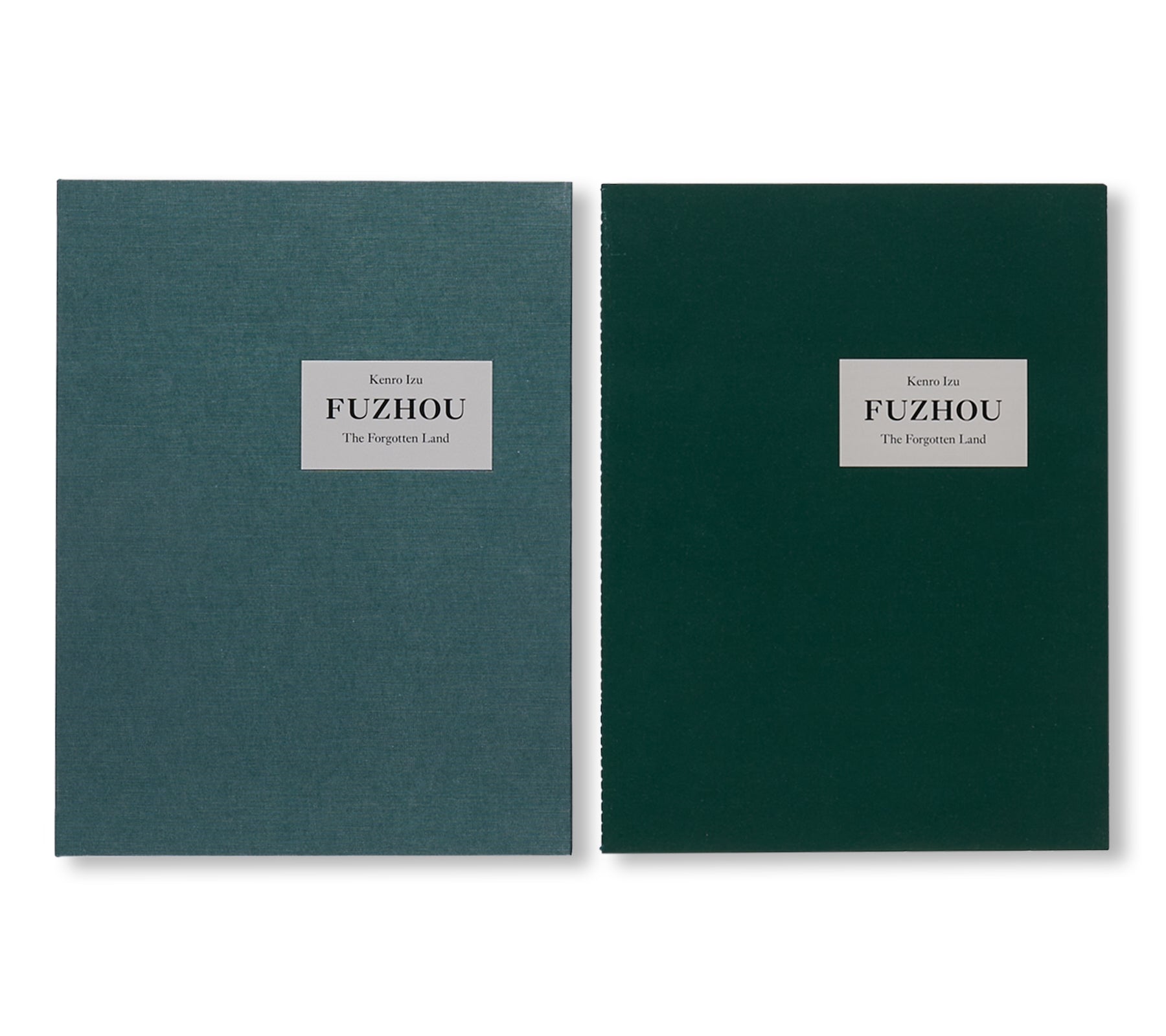
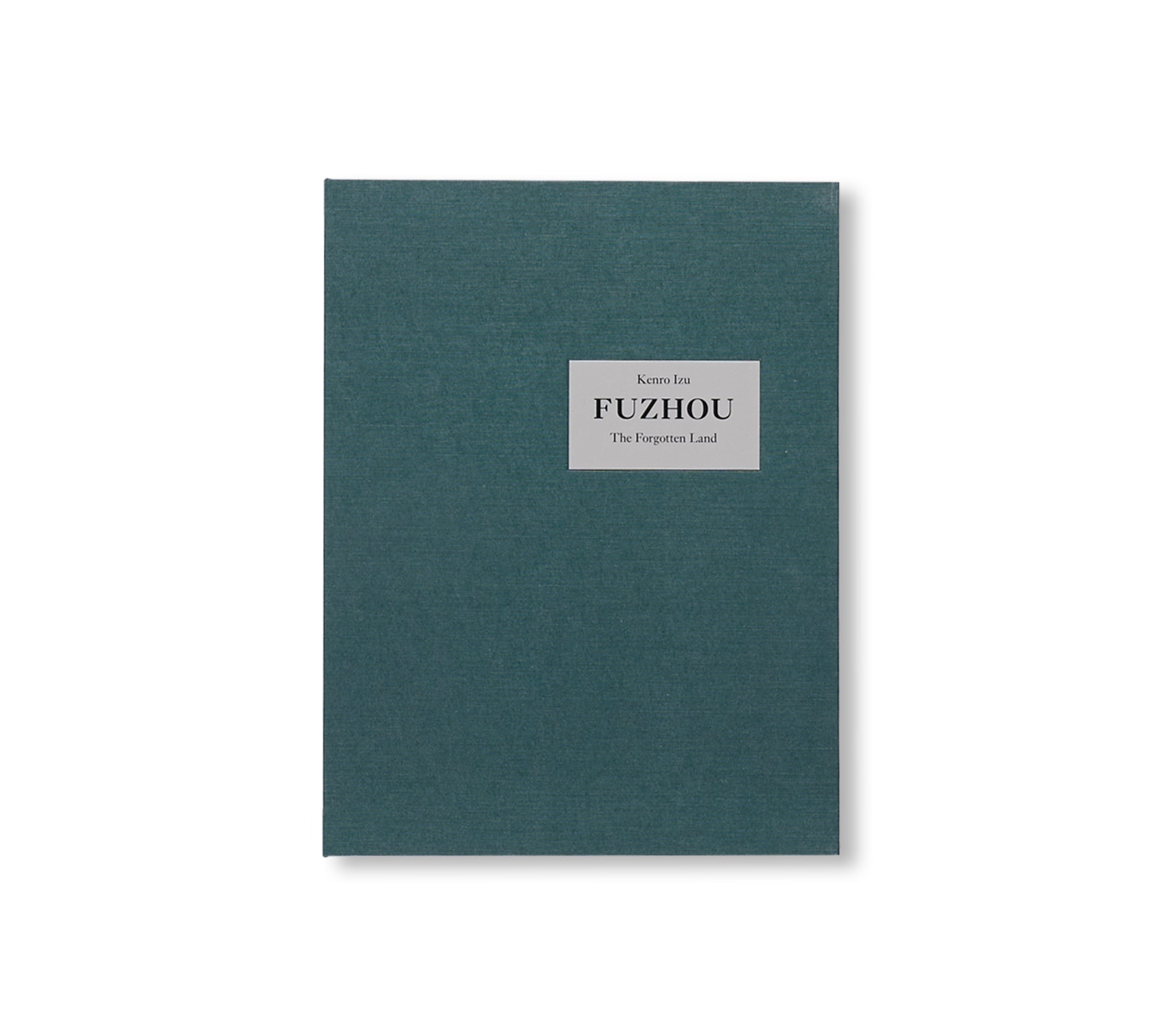
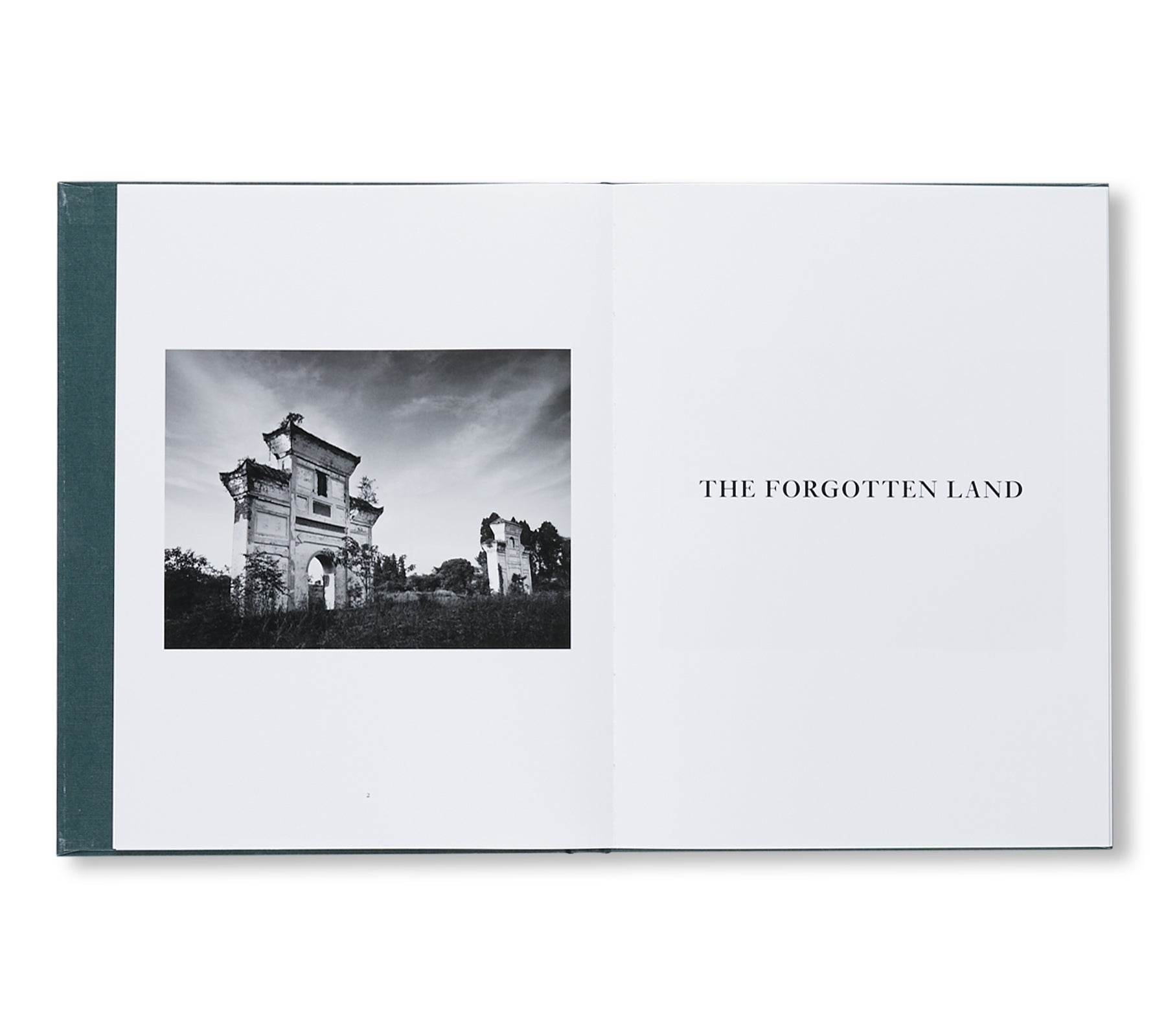
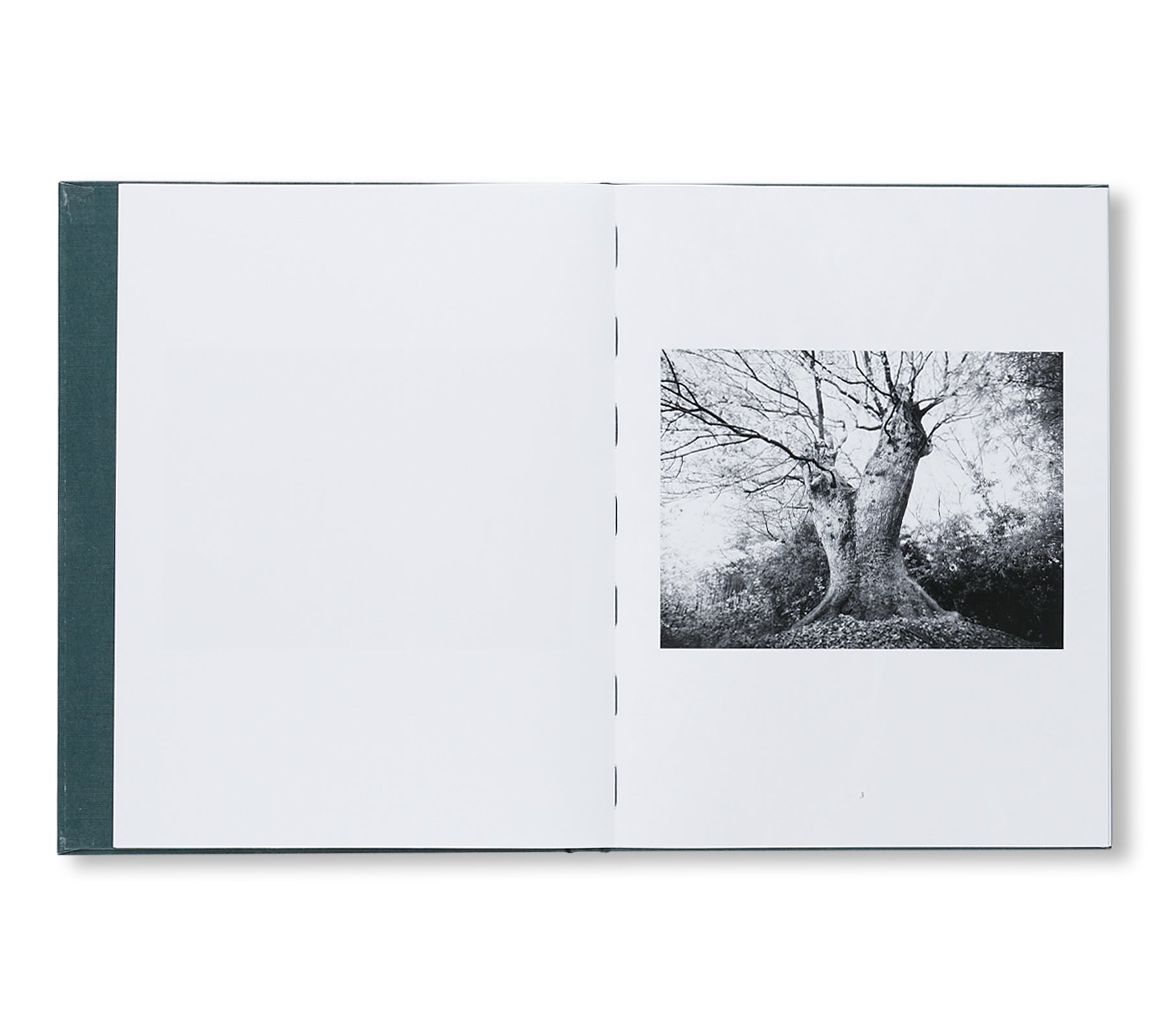
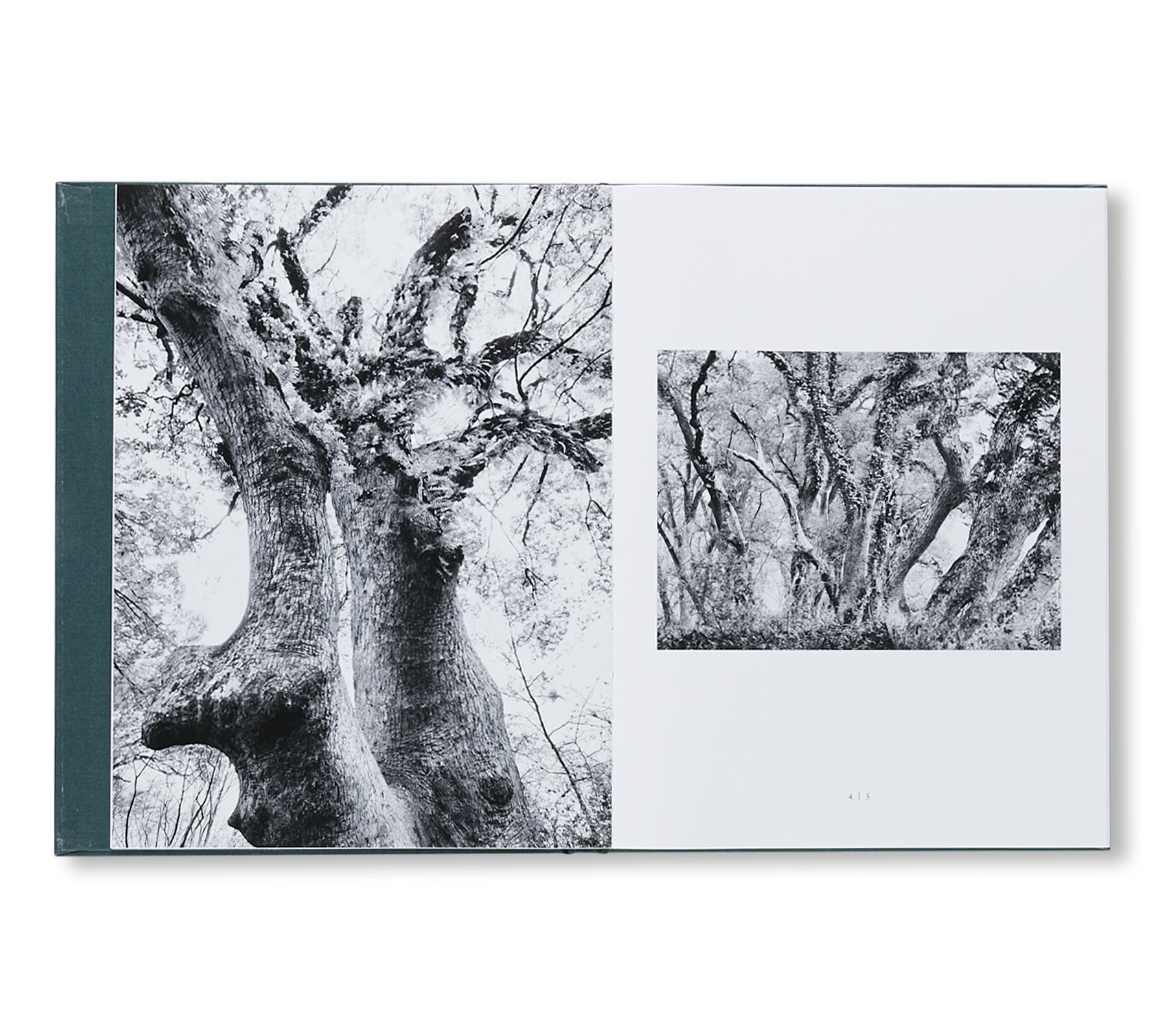
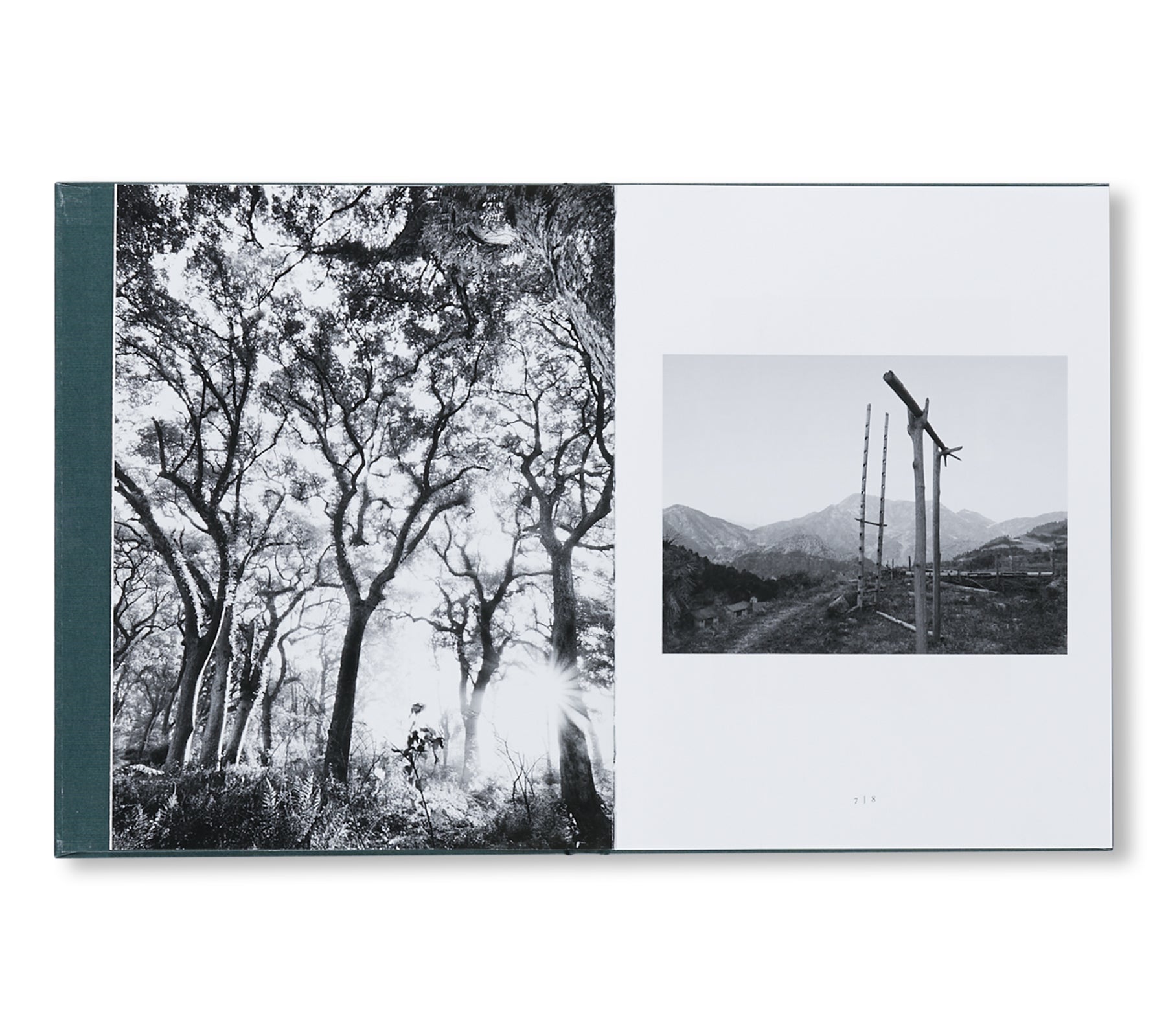
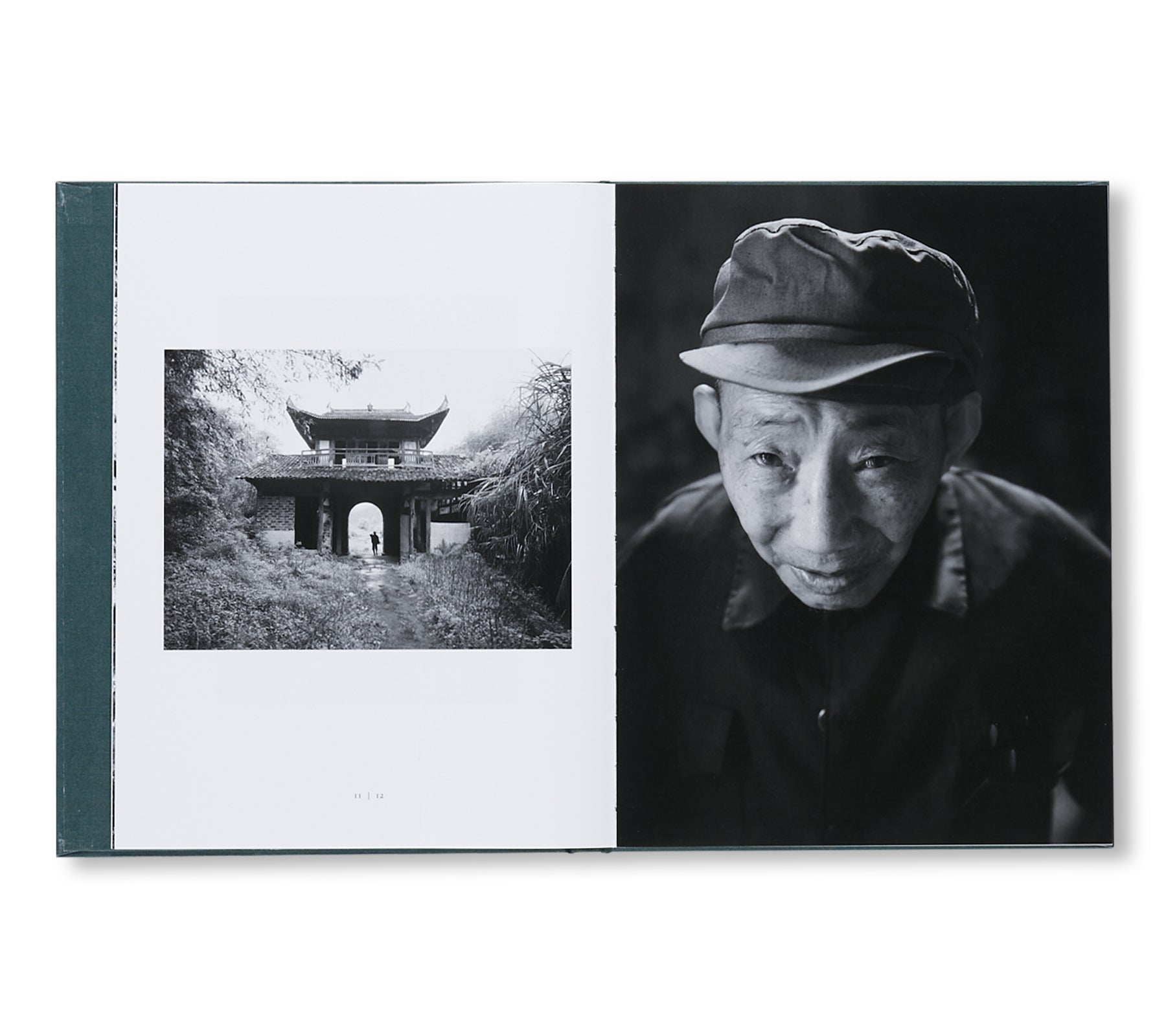
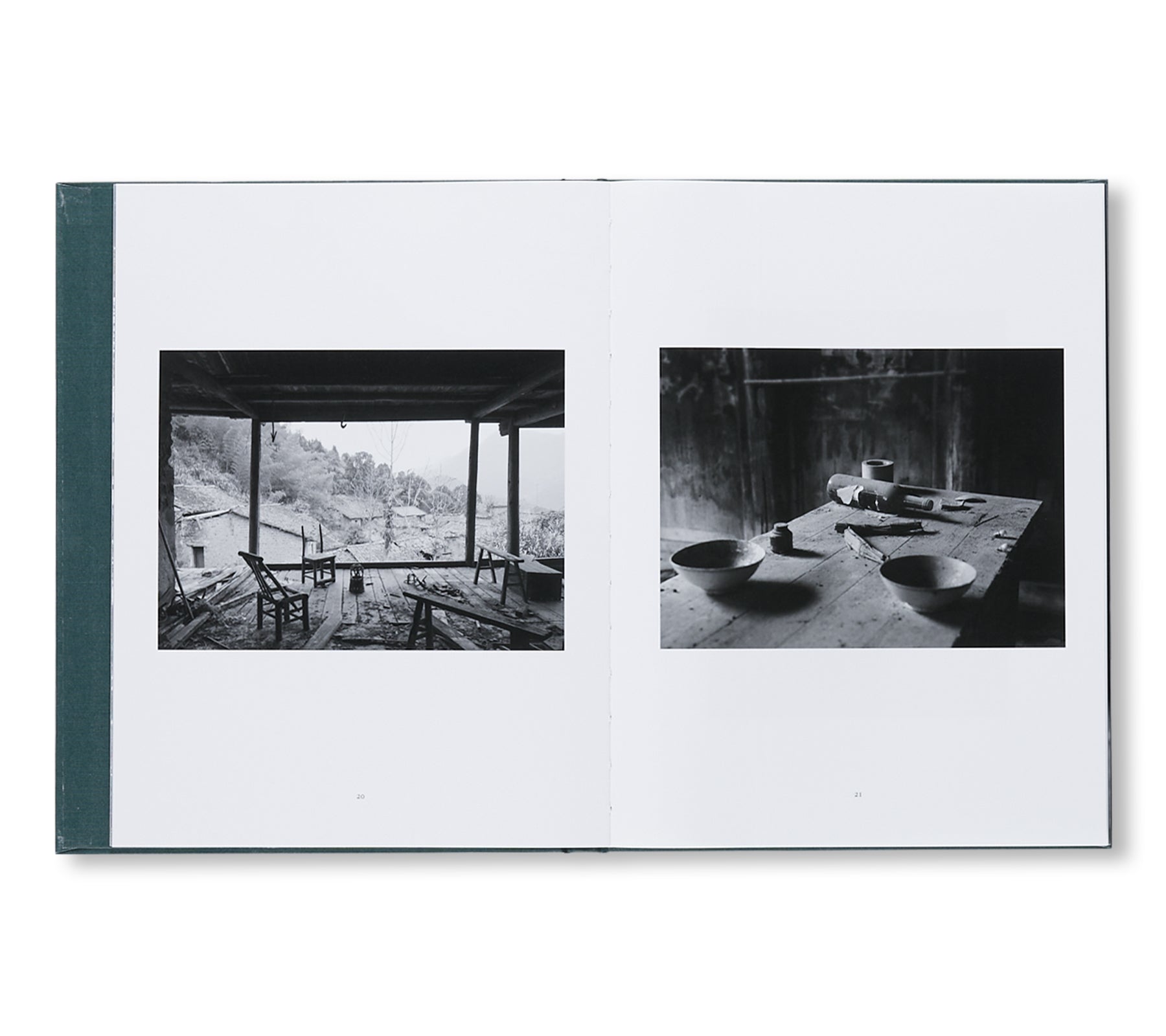
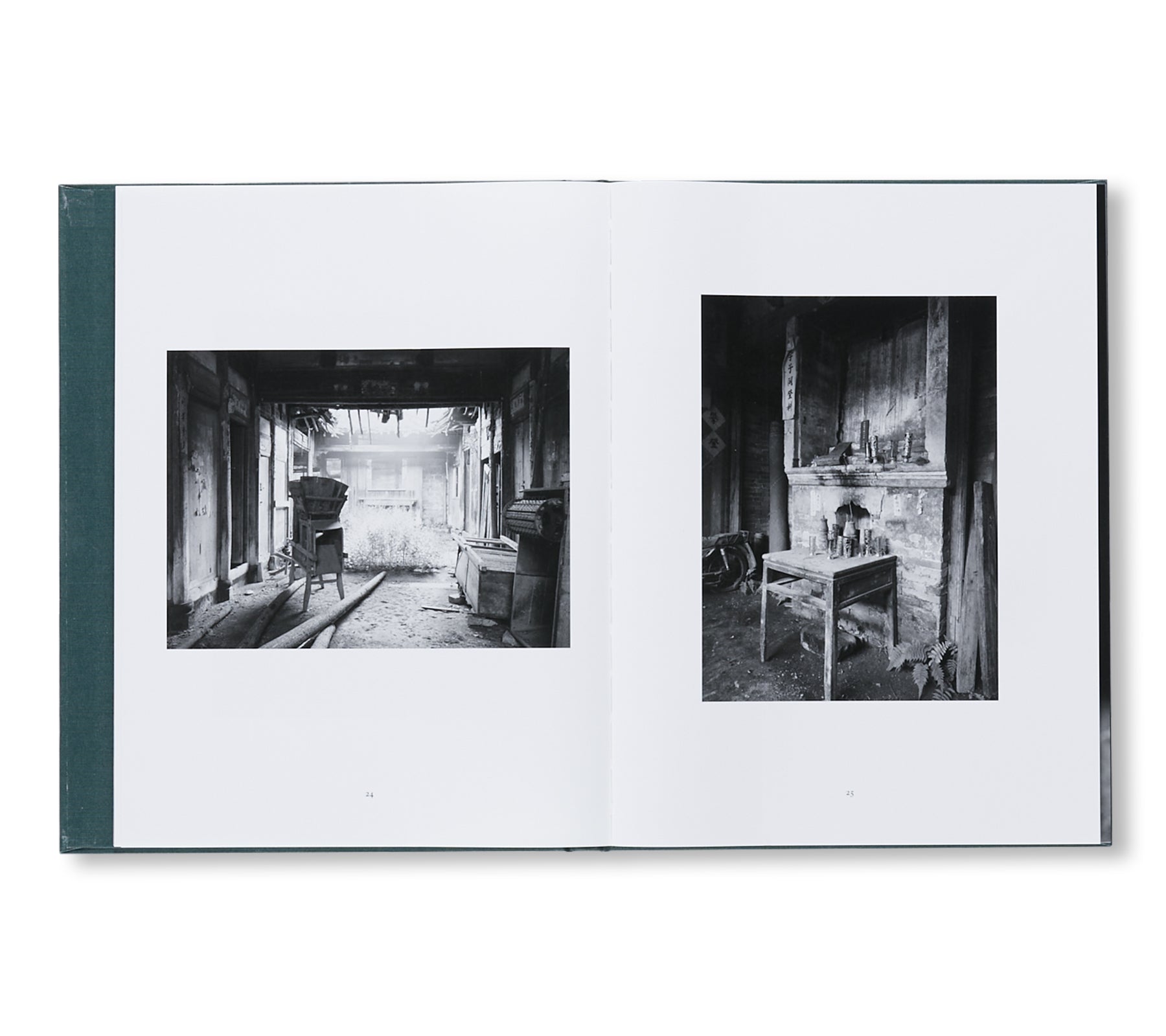
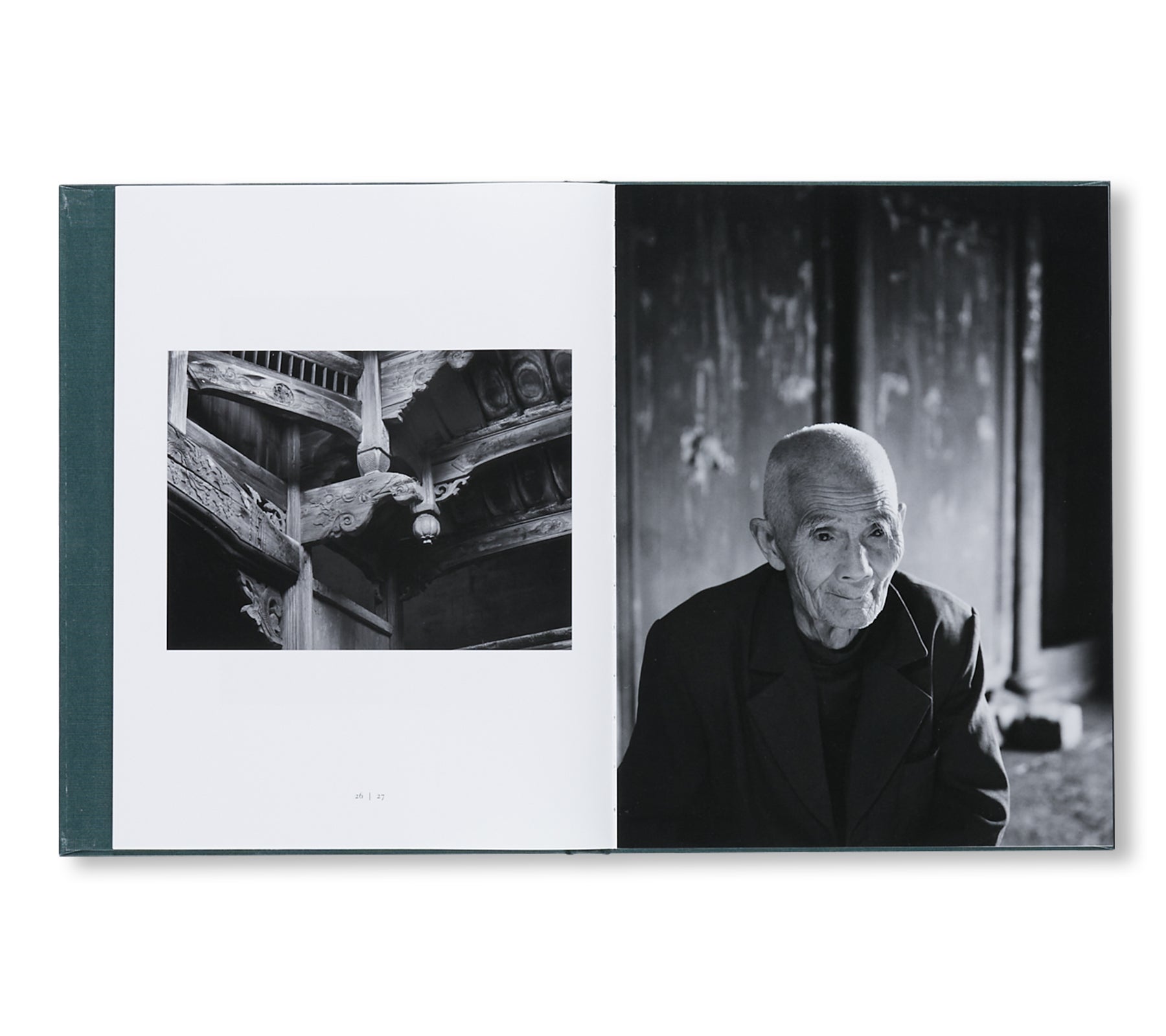
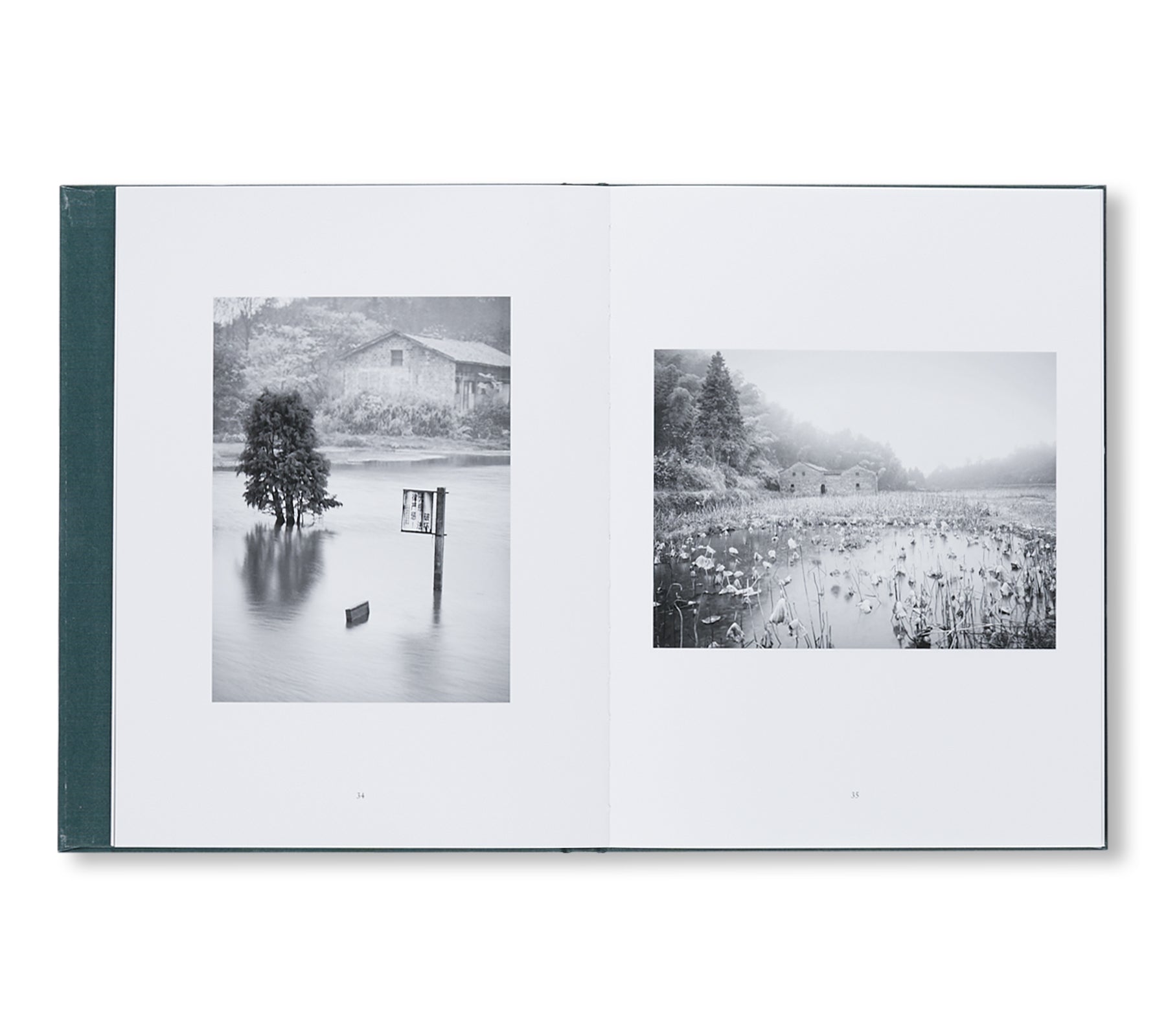
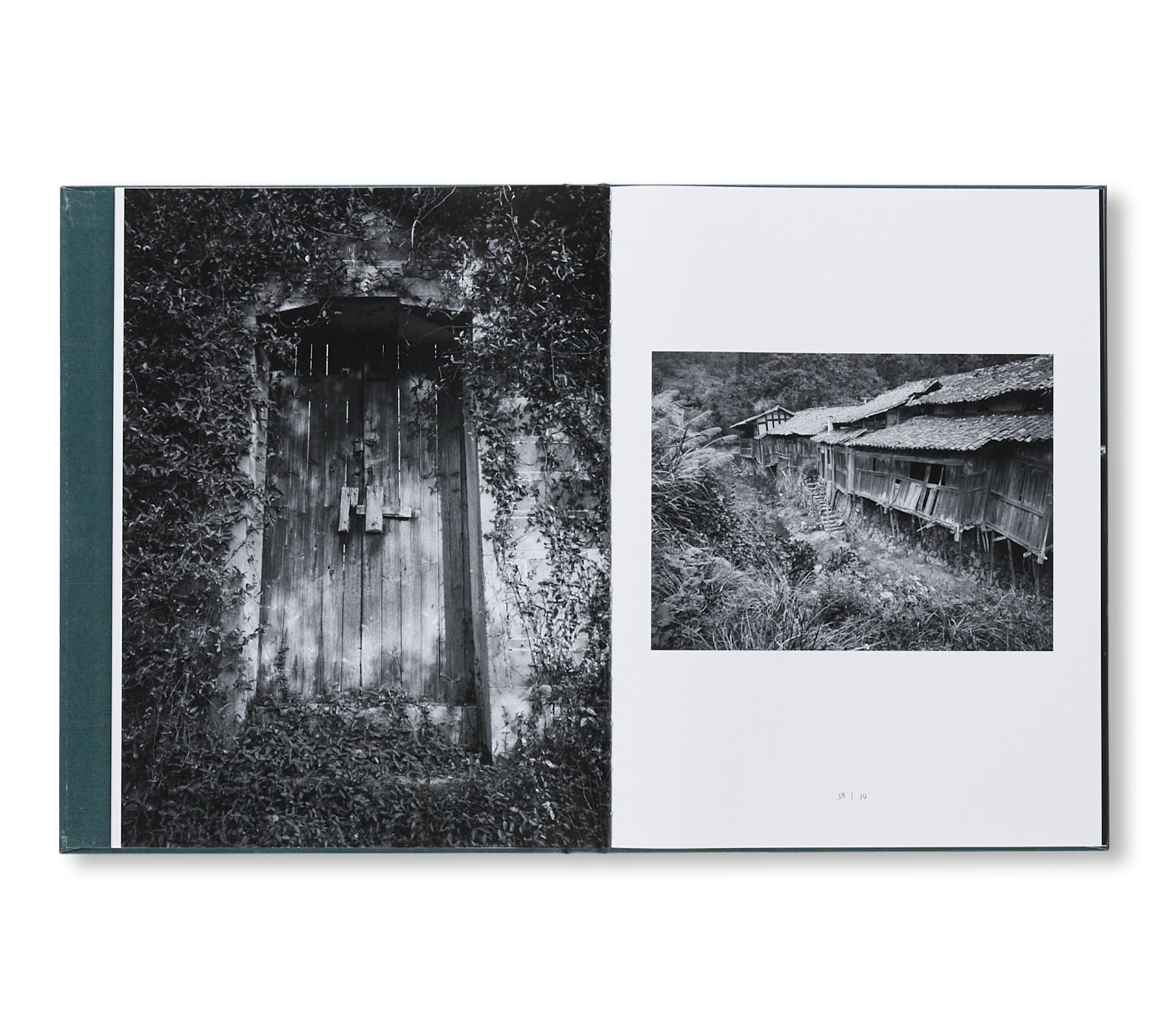
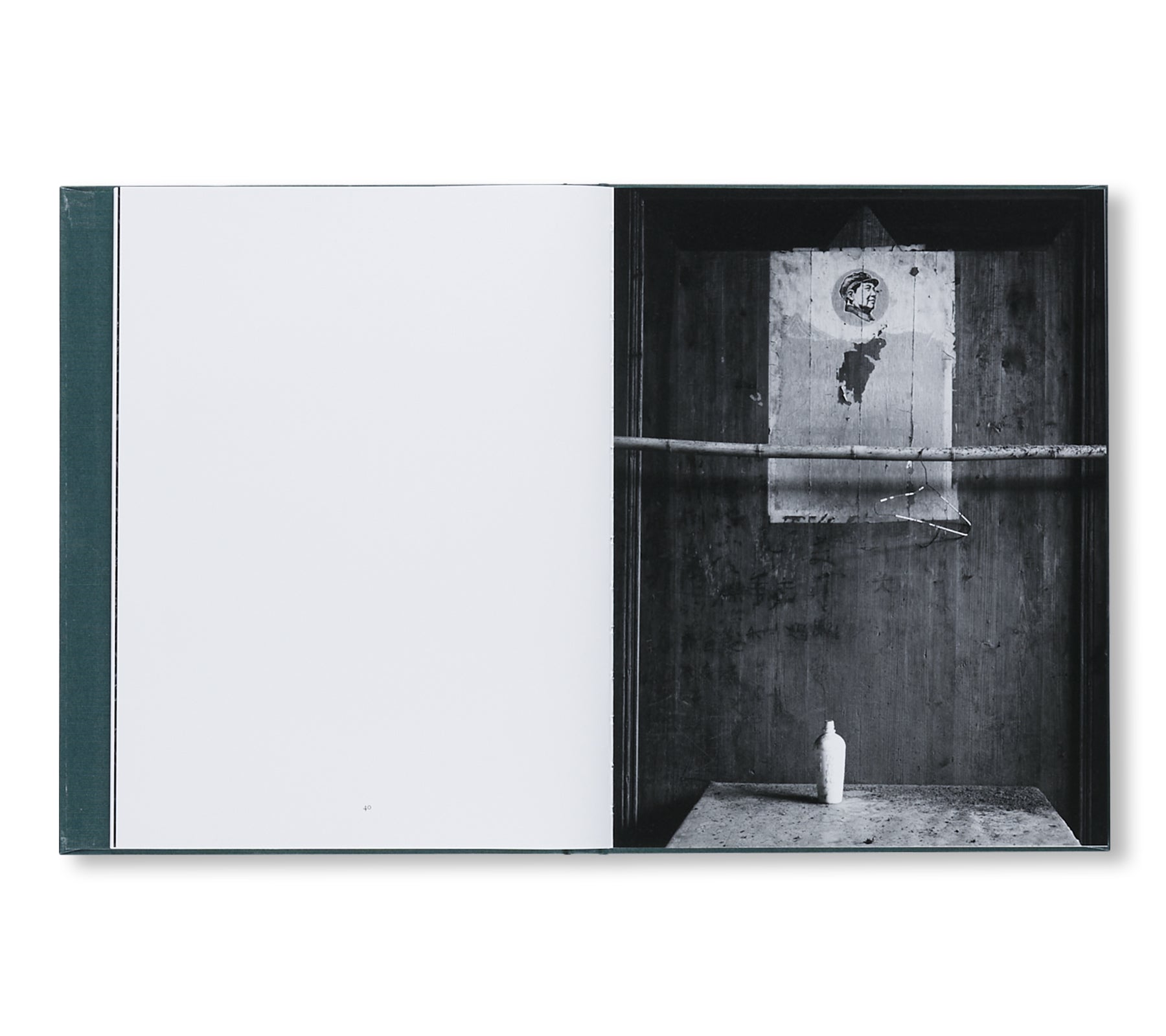
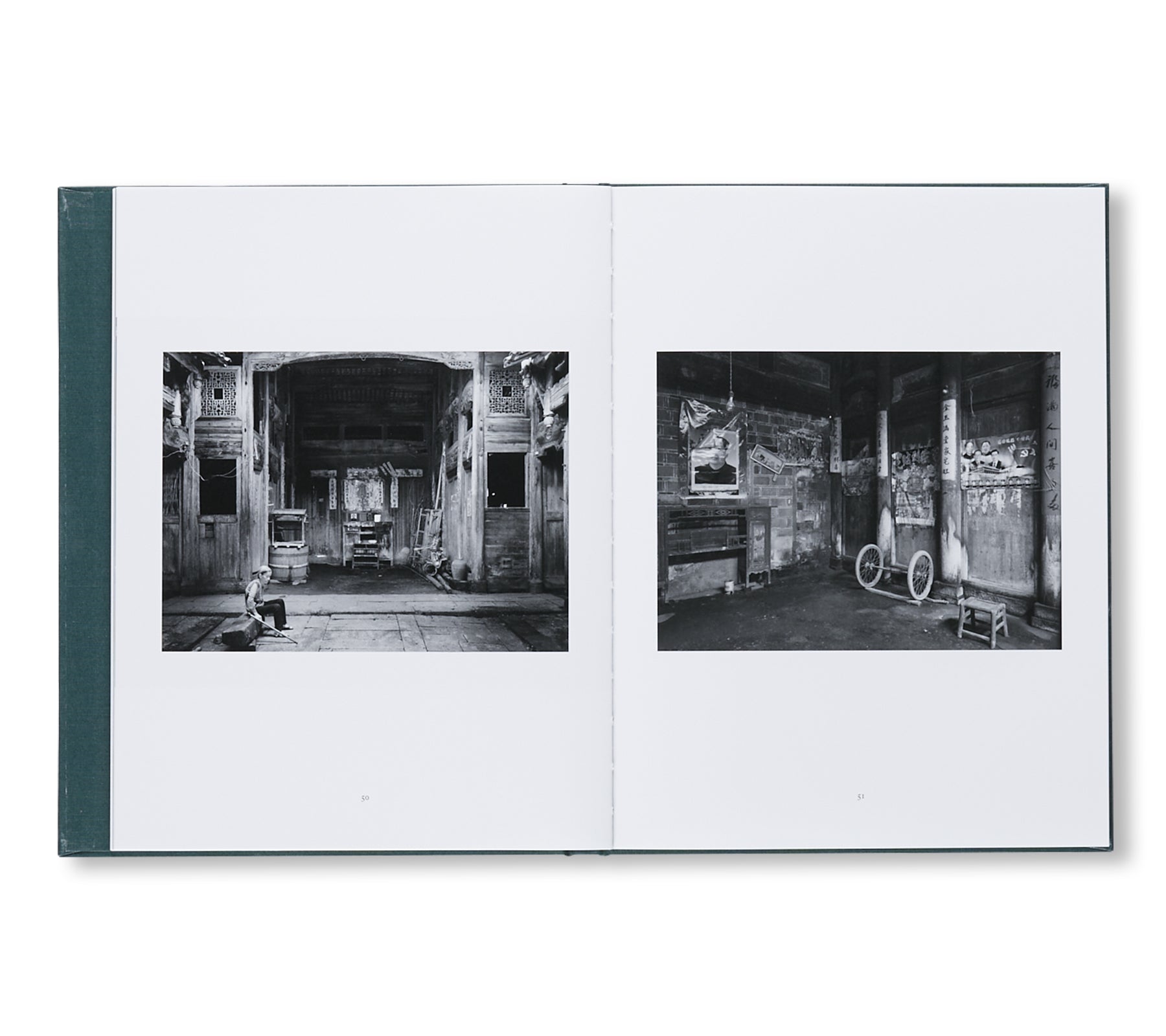
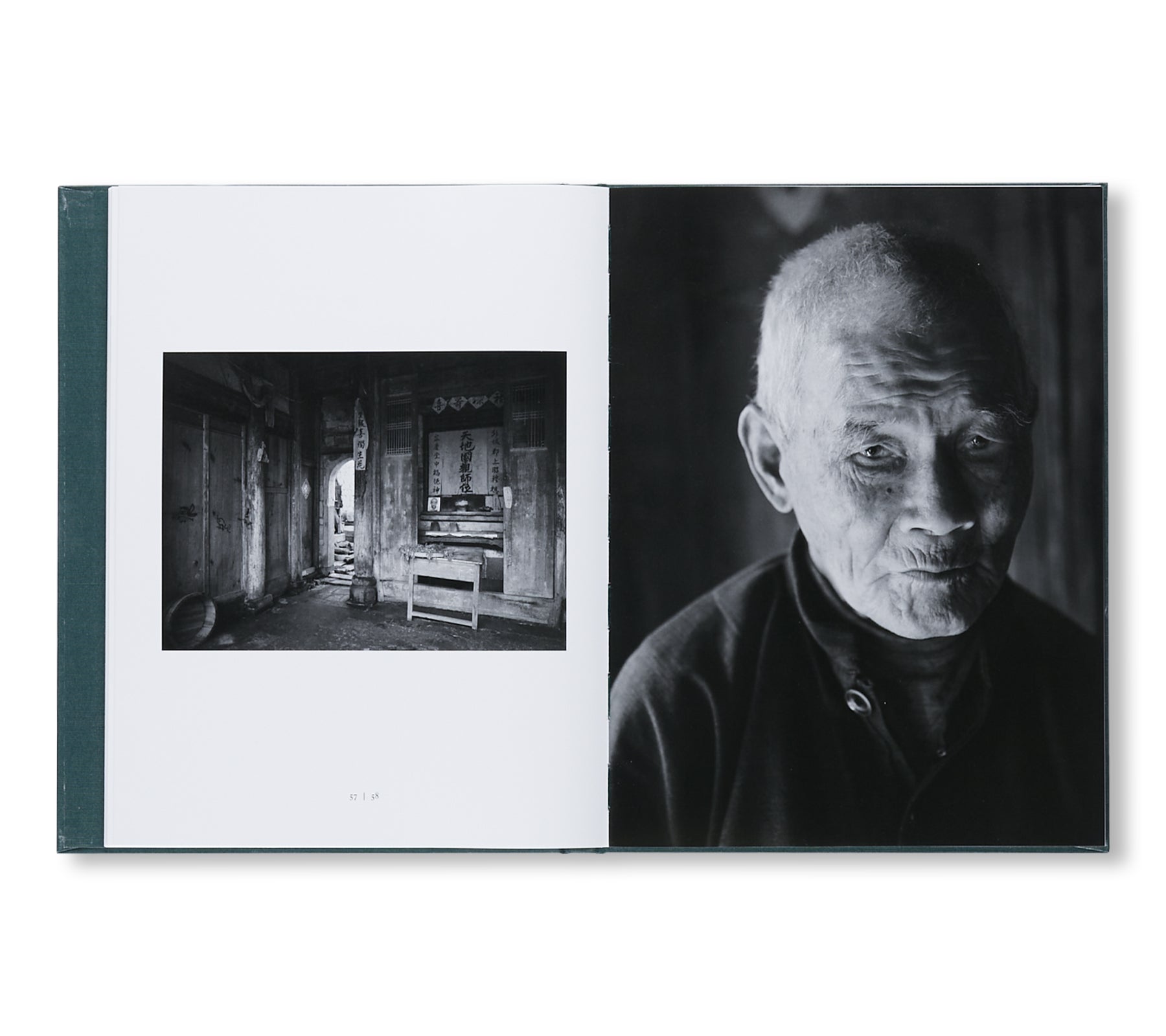
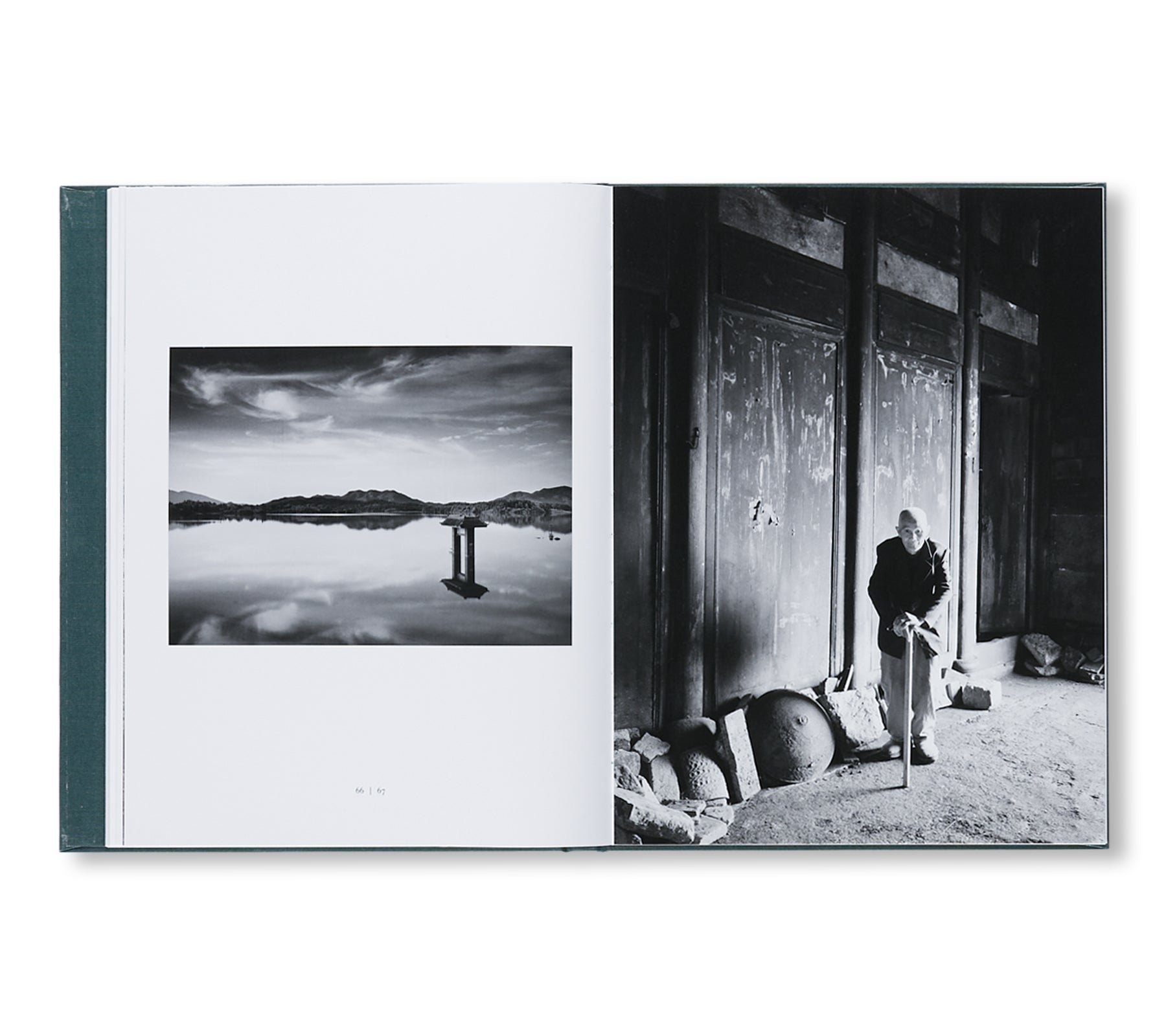

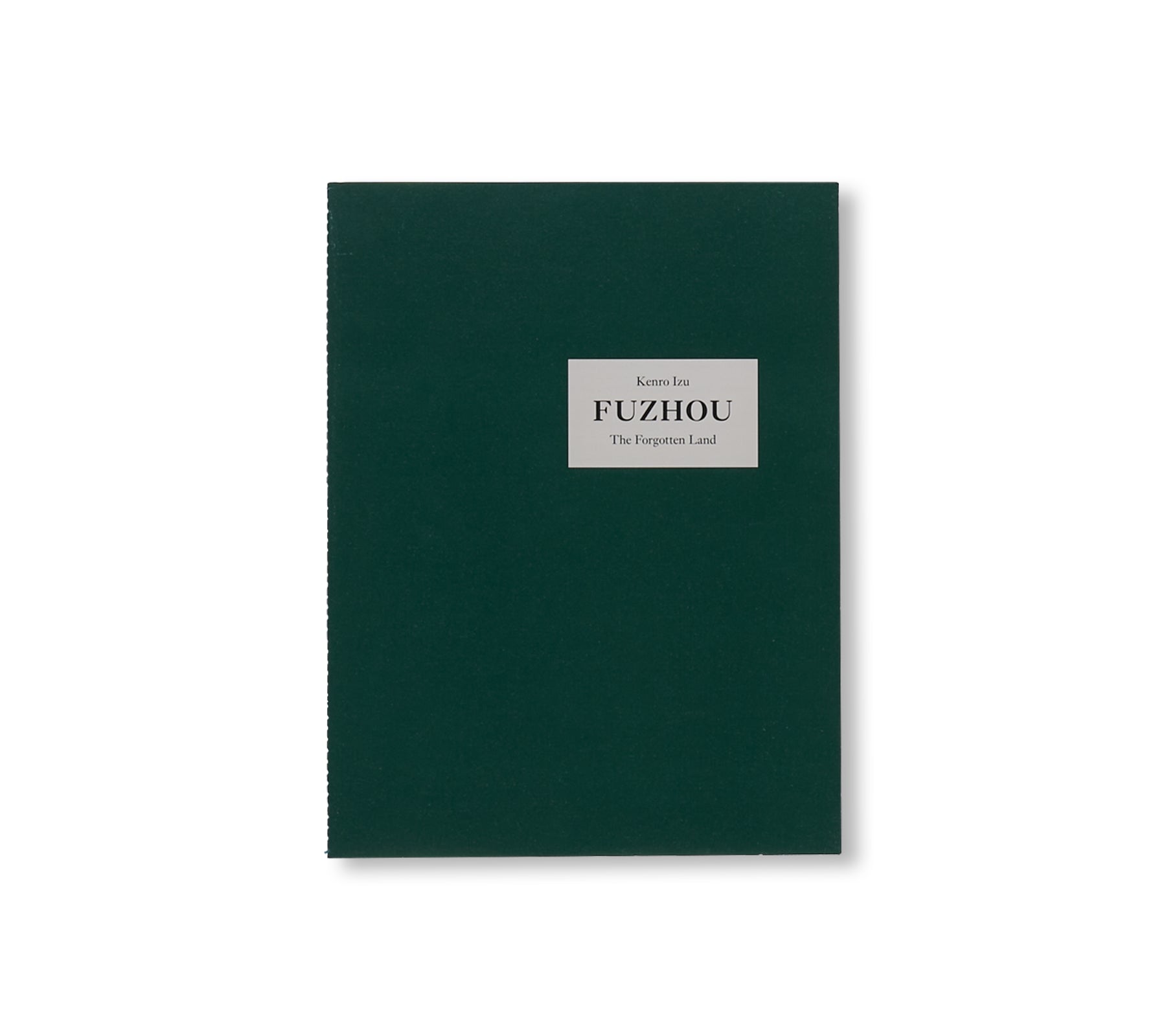


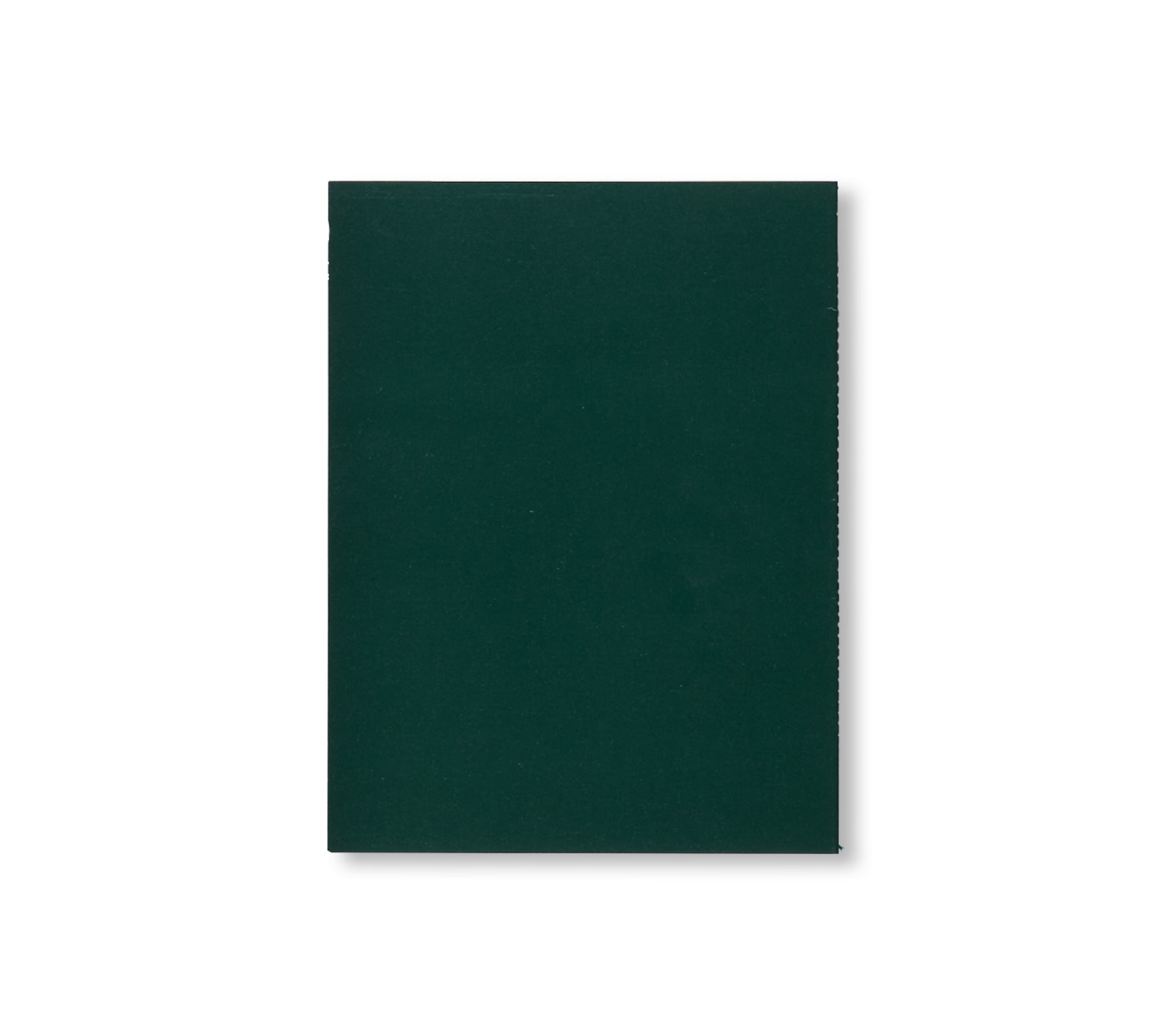
![MONO NO AWARE・BEAUTY OF IMPERMANENCE by Kenro Izu [SIGNED]](http://twelve-books.com/cdn/shop/files/mononoaware_00_large.jpg?v=1752753413)
